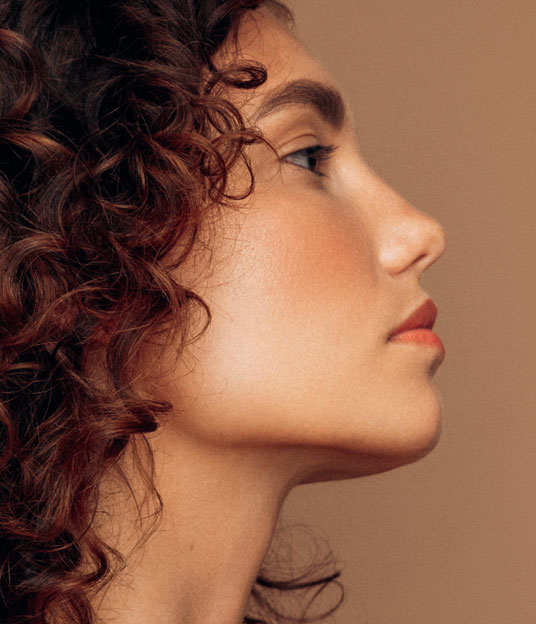What are the BENEFITS OF A RHINOPLASTY?
The procedure can be performed for a number of reasons, including medical, to help relieve breathing problems, or strictly to improve aesthetic appearance. A rhinoplasty procedure can address a variety of cosmetic issues including
- Symmetry – Studies have shown that human beings respond more positively to symmetry, so a nose that is even just slightly off-centered can create an asymmetrical appearance, throwing the entire symmetry of the person’s face out of balance. Rhinoplasty can remedy this uneven look and restore a more harmonious balance to the patient’s face.
- Shape – A number of our Austin rhinoplasty patients come to Personique® displeased with the shape of their noses. With nasal surgery, our plastic surgeons can reshape the nose from the inside by altering underlying bone and cartilage structure, without any external scarring. Each patient has a unique set of needs when it comes to nose shape, for some, the problem may lie in a bulbous tip that they may wish to have reduced or removed. Many patients we see are displeased with an overly prominent nasal hump, which a nose job can easily remove, creating a smoother, straighter profile. In other instances, the tip may need to be lowered or raised.
- Size – During a rhinoplasty procedure, the plastic surgeon can both reduce or increase the size of the nose (although the latter isn’t as frequently sought after as the former). However, every case is different and depends on the patient’s individual needs. Size reduction is a very common request from patients seeking a nose job. Reduction rhinoplasty can be easily performed by reducing and adjusting the size of the bone and cartilage framework beneath the skin. This is typically achieved by moving the bones closer together to narrow the width of the nose. It is also possible to shorten the nose by removing excess cartilage from the end of the nose as well.













